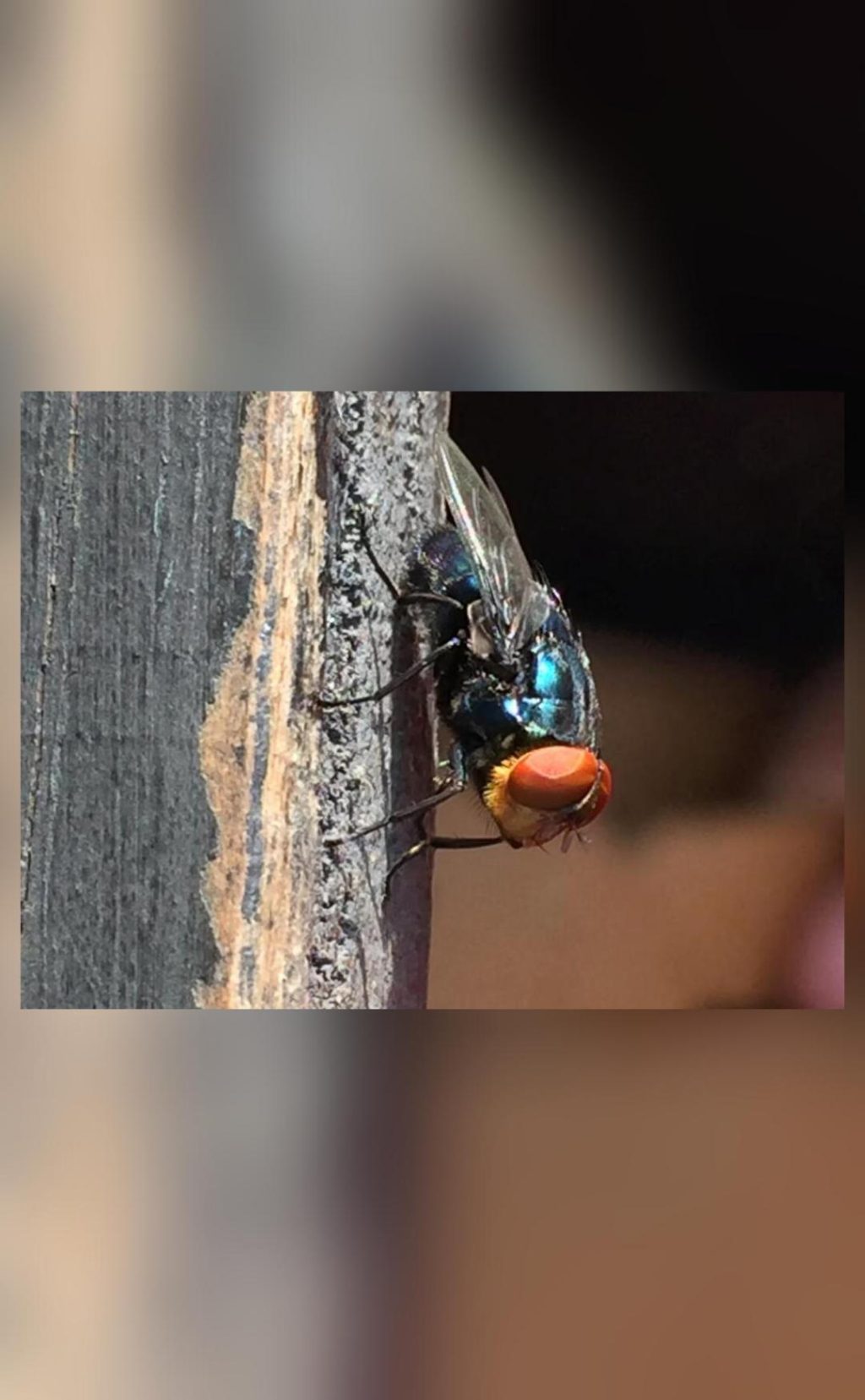
Why is US planning to breed screwworm flies & dump them from planes over Mexico?
The United States government has announced a unique plan to combat the threat of the New World screwworm fly, a flesh-eating parasite that can cause significant economic losses to the country’s beef industry. To achieve this, the US is planning to breed billions of male flies and then dump them from planes over Mexico and southern Texas. But how will this work, and what are the implications of this plan?
For those who may not be familiar with the New World screwworm fly, it’s a parasitic insect that lives in warm and humid areas, particularly in the southern United States, Mexico, and Central America. The fly’s larvae feed on the flesh of warm-blooded animals, including livestock, pets, and even humans. If left untreated, the larvae can cause severe damage to the animal’s tissues, leading to significant economic losses and even death.
The US government’s plan to combat the screwworm fly is to breed billions of male flies and then sterilize them with radiation. These male flies will then be released over Mexico and southern Texas to mate with female screwworm flies, which are already present in the region. Since the male flies are sterilized, they will not be able to reproduce with the female flies, effectively causing the population to die out.
The idea behind this plan is to outcompete the wild male screwworm flies with the sterile male flies, reducing the population of female flies and ultimately preventing them from laying eggs. This approach is known as the Sterile Insect Technique (SIT), which has been used successfully to control the population of other insect pests, such as the Mediterranean fruit fly and the Mexican cotton pink bollworm.
The US Department of Agriculture’s Animal and Plant Health Inspection Service (APHIS) has been working with the University of Kentucky and the USDA’s Agricultural Research Service to develop the screwworm fly breeding program. The program involves breeding the flies in specialized facilities, sterilizing them with radiation, and then releasing them over the targeted areas.
According to the USDA, the goal is to release millions of sterile male flies per week over a period of several months. The flies will be released in a specific pattern to ensure that they are evenly distributed throughout the targeted areas. The USDA has also developed a system to track the effectiveness of the program, including monitoring the population of wild screwworm flies and conducting surveys to detect any signs of the larvae.
The US government’s plan to breed screwworm flies and dump them from planes over Mexico has raised some concerns among environmental groups and local residents. Some have expressed concerns about the potential impact of the released flies on non-target insects and animals, as well as the potential for the flies to escape and establish themselves in other areas.
However, the USDA and other experts involved in the program have assured that the risks are minimal and that the program has been carefully designed to minimize any potential environmental impacts. The agency has also worked with local authorities and environmental groups to ensure that the program is carried out in a responsible and safe manner.
In conclusion, the US government’s plan to breed screwworm flies and dump them from planes over Mexico and southern Texas is a unique and innovative approach to combating the threat of the New World screwworm fly. While there are some concerns about the potential impacts of the program, the USDA and other experts involved in the program have assured that the risks are minimal and that the program has been carefully designed to minimize any potential environmental impacts.



